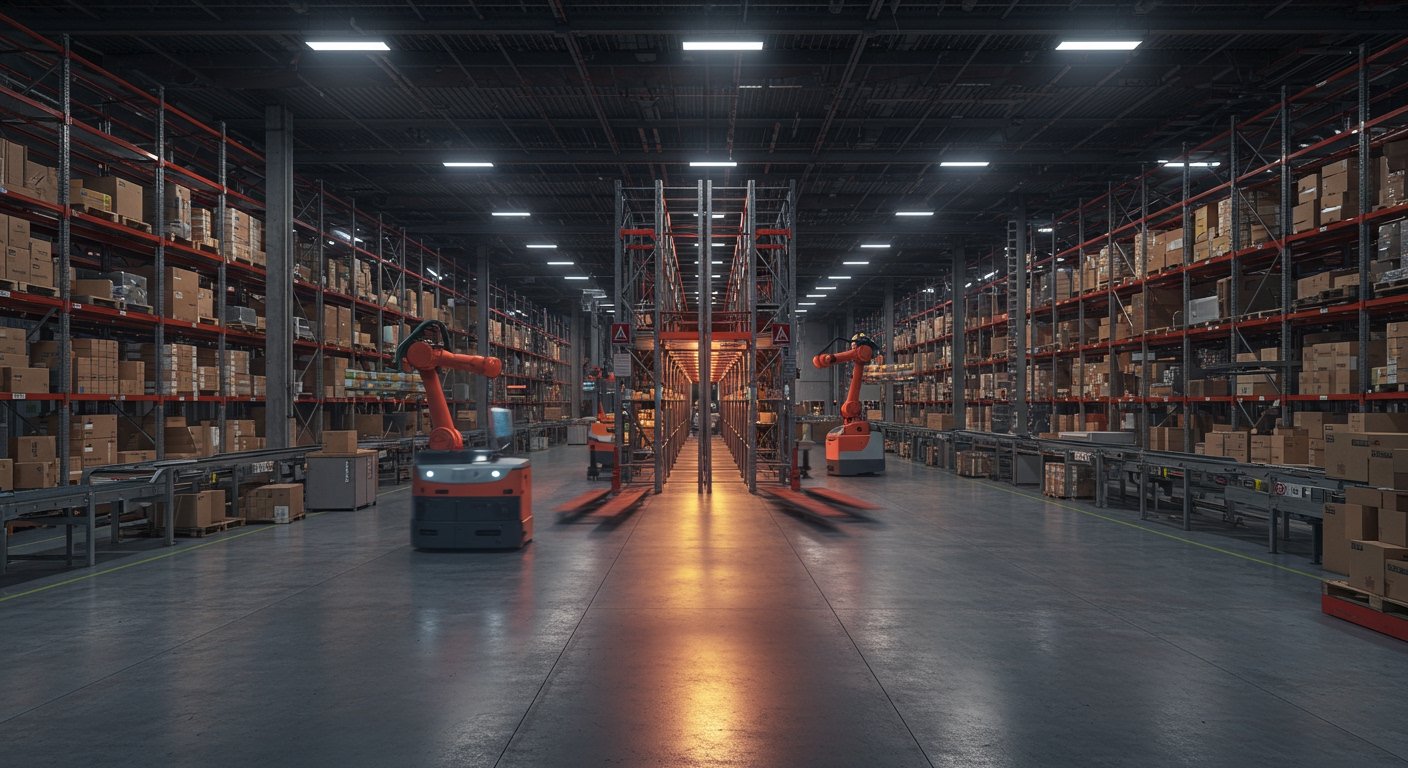Dallas, Texas – Walmart, the world’s largest retailer, is undertaking a significant realignment of its logistics operations in Texas, a move the company characterizes as a “transfer” of functions rather than a outright “closure” of a specific facility. This strategic shift is being facilitated by the increasing operational capacity of new and existing next-generation fulfillment centers across its network, notably including a recently established facility in Lancaster.
Recent inquiries and public discussion have centered on the future of a particular Walmart facility within Texas. Responding to these points, the company has clarified that the situation involves a strategic redistribution of operational responsibilities and volume.
Understanding the Change
The term “transfer,” as used by Walmart in this context, signifies a transition wherein the activities previously conducted at one location are being systematically moved and integrated into other parts of the company’s extensive supply chain network. This differs fundamentally from a “closure,” which typically implies a complete shutdown of operations without a direct continuation elsewhere within the system.
The affected facility in Texas is undergoing this transition as part of Walmart’s ongoing efforts to modernize and optimize its supply chain infrastructure. The company’s focus is on leveraging advanced technology and increased capacity in its newer facilities to handle its vast logistical needs more efficiently.
The Role of Next-Generation Centers
The catalyst for this “transfer” is the growing operational capability of Walmart’s “new and existing next-generation fulfillment centers.” These facilities represent the vanguard of the company’s investment in advanced logistics technology.
Unlike traditional distribution centers, these next-generation hubs often incorporate sophisticated automation, robotics, and data analytics to streamline processes from receiving inventory to picking, packing, and shipping orders. This allows for faster throughput, greater accuracy, and the ability to handle a larger volume of goods with enhanced efficiency, particularly crucial for meeting the demands of e-commerce alongside traditional store replenishment.
These centers are strategically located across Walmart’s operational footprint, forming a network designed for resilience and speed. The integration of advanced technology in these facilities is key to Walmart’s broader strategy of improving delivery times and reducing costs in an increasingly competitive retail landscape.
Focus on Lancaster
A pivotal component in enabling this transition is a “new facility in Lancaster.” This recently activated center is explicitly identified by Walmart as being instrumental in its current logistics strategy in the region.
The Lancaster facility, along with other centers in the network, provides the necessary infrastructure and technological capabilities to absorb the volume and specific functions previously handled by the facility undergoing the “transfer.” The commissioning and scaling of operations at the Lancaster site are a direct factor in the decision to realign responsibilities within the Texas logistics network.
Located strategically, facilities like the one in Lancaster are designed not just for high volume but also for optimizing last-mile delivery and regional distribution, serving both individual online orders and replenishing store shelves effectively. Its operational readiness is critical to ensuring a seamless transition of workload.
Absorbing the Workload
According to Walmart, the “new and existing next-generation fulfillment centers,” including the significant new site in Lancaster, “collectively have the capacity to absorb the workload from the affected center.” This statement is central to understanding the nature of the change.
The absorption of workload involves rerouting inbound shipments, reassigning inventory management responsibilities, and transferring order fulfillment processes to the more technologically advanced facilities. This integrated network approach allows Walmart to maintain or even enhance its service levels to both stores and online customers in the region.
This capacity absorption is a key operational challenge in such transitions, requiring careful planning and execution to avoid disruptions to the supply chain. The company’s confidence in the collective capacity of its newer facilities underscores its strategic vision for the future of its logistics in Texas and beyond.
Impact on Operations and Strategy
This move reflects Walmart’s ongoing investment in its supply chain, aiming to create a more agile, efficient, and technologically advanced network. The shift towards next-generation centers is a direct response to evolving consumer expectations, particularly the demand for faster and more reliable online order fulfillment.
While the company emphasizes this is a “transfer” to leverage newer assets, such transitions can have various operational and workforce implications. The focus on advanced technology often means a shift in the types of jobs and skills required within the network.
Walmart’s strategy is clear: to consolidate volume and activity into facilities equipped with the latest logistics technology, thereby enhancing overall network performance. The operational changes in Texas are a tangible example of this nationwide strategy in action.
In summary, the situation regarding the Walmart facility in Texas is not one of ceasing operations entirely, but rather a strategic evolution involving the “transfer” of its functions. This transition is driven by the robust capabilities and collective capacity of the company’s “new and existing next-generation fulfillment centers,” prominently featuring the newly established facility in Lancaster. This realignment is consistent with Walmart’s broader efforts to modernize its supply chain for the future of retail.






